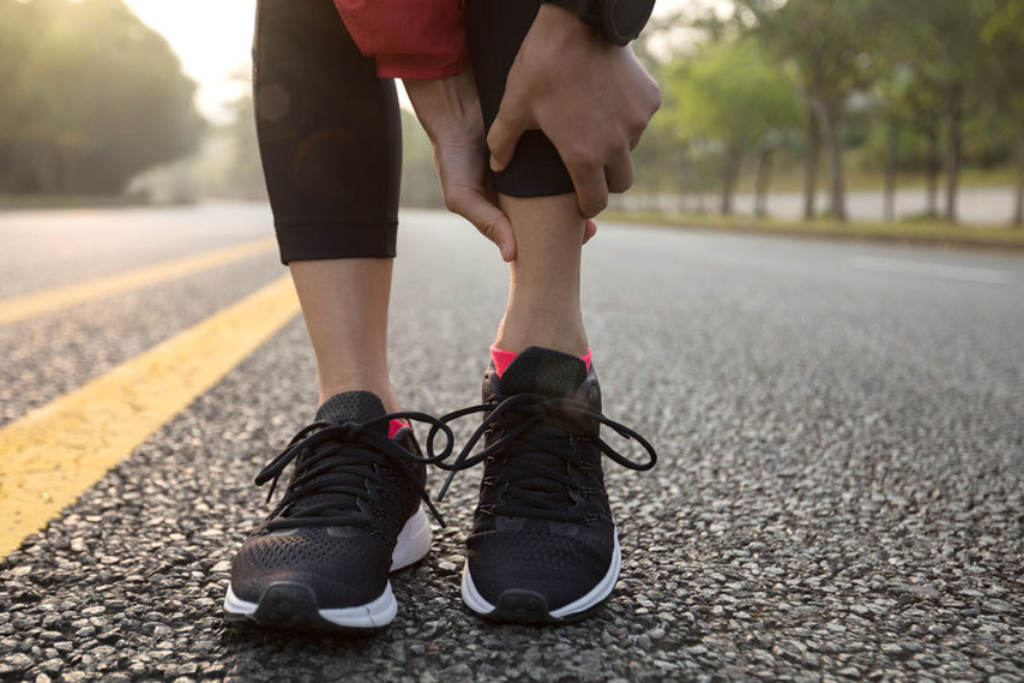Running is a fantastic way to stay fit—no gym membership or fancy equipment is required. Just grab a decent pair of running shoes and hit the road. Many runners, like me, find the rhythm of their strides therapeutic and even discover surprising benefits, such as relief from knee discomfort. However, running also puts immense strain on your legs, increasing the risk of overuse injuries if proper precautions aren’t taken.
The secret to avoiding common running injuries like plantar fasciitis, shin splints, and IT band syndrome lies in a balanced approach that prioritizes strength training and flexibility. Let’s dive into effective strategies to prevent or treat these injuries.
Common Running Injuries and Prevention Tips
1. Plantar Fasciitis
Plantar fasciitis occurs when the fascia (a ligament supporting your arch) becomes inflamed, causing pain in the bottom of the foot. It’s often triggered by overpronation or tight calf muscles. Here’s how to manage and prevent it:
- Invest in Proper Footwear
Choose running shoes designed for your gait. Replace them every 300–500 miles to ensure adequate support. Visit a specialty store to find the perfect fit. - Stretch Your Calves and Achilles
Tight calves can contribute to plantar fasciitis. Regular stretching, such as standing calf stretches on a stair step, can help maintain flexibility. - Roll and Ice Your Feet
Use a frozen water bottle to massage the sole of your foot. This combines the benefits of icing and rolling to reduce inflammation. - Listen to Your Body
Stop running if your foot hurts and consult a physical therapist for tailored guidance.
2. Shin Splints
Shin splints manifest as pain along the shinbone and are often caused by a rapid increase in training intensity. Here’s how to stay ahead of this issue:
- Gradually Increase Mileage
Avoid sharp increases in training. Gradual progress reduces strain on your shins. - Run on Softer Surfaces
Trails are gentler on your legs than concrete or asphalt. Alternate directions on track runs to avoid repetitive strain. - Strengthen Your Legs
Incorporate squats and lunges into your routine to prepare your muscles for the impact of running. - Wrap and Ice
Compression sleeves or bandages can alleviate tension, while post-run icing helps with inflammation.
3. IT Band Syndrome
This overuse injury affects the iliotibial (IT) band, causing pain on the outer knee. Women are particularly susceptible due to anatomical factors. Prevent or alleviate IT band syndrome with these tips:
- Strengthen Your Legs and Core
Exercises like lunges and squats improve stability and alignment, reducing stress on the IT band. - Replace Worn-Out Shoes
Running in outdated shoes can exacerbate IT band issues. Regularly update your footwear. - Incorporate Foam Rolling
Use a foam roller to stretch and realign the fascial system before and after runs.
The Role of Strength and Flexibility in Injury Prevention
Strength and flexibility training are indispensable for runners. Here’s why:
- Strength Training Benefits
It builds resilience against the repetitive impact of running, improving endurance and reducing fatigue. - Flexibility Advantages
Stretching enhances your stride and prevents negative patterns that lead to injuries. Focus on calf, hamstring, and hip flexor stretches.
To achieve the best results, adopt a balanced training plan that incorporates strength, flexibility, and running. Consider cross-training with HIIT workouts, strength days, and recovery days to enhance overall performance.
Post-Pregnancy Considerations: Strengthen Your Pelvic Floor
For postpartum runners, strengthening the pelvic floor is essential to prevent incontinence and discomfort. Core and pelvic floor exercises can help stabilize your body and improve your running form.
Final Thoughts: Injury-Free Running for the Long Term
Running injuries are common but avoidable with the right approach. Strengthen your body, maintain flexibility, and invest in proper footwear. Above all, listen to your body and don’t hesitate to seek professional advice when needed.
By embracing a holistic training regimen, you can enjoy the many physical and mental benefits of running without the set

